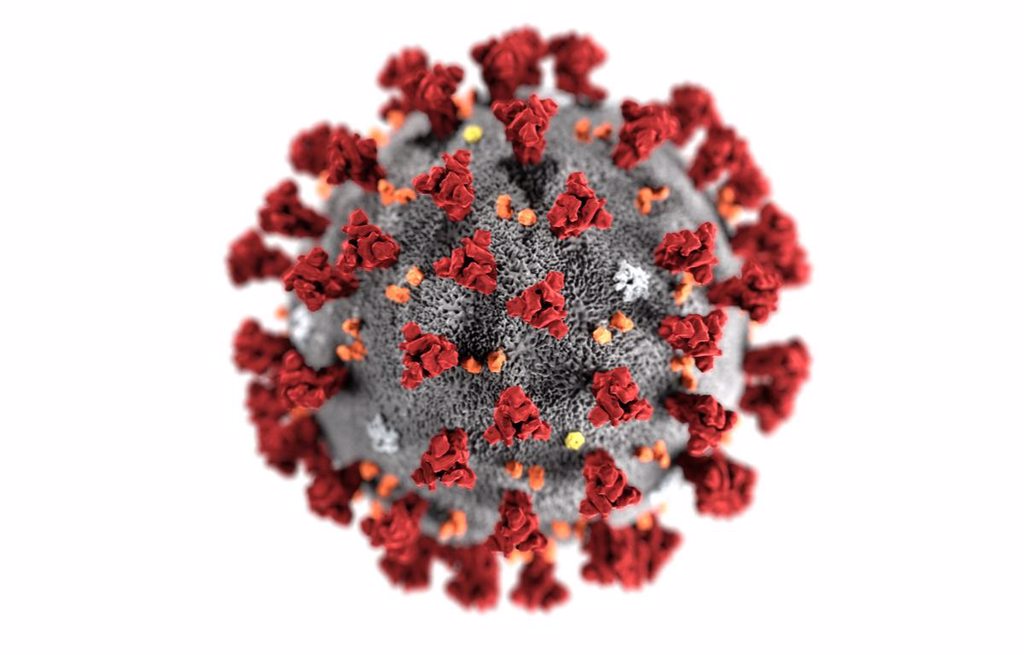PA Department of Health Provides Great Resource
Posted on November 13, 2020 in Latest News

COVID-19 is a new virus that causes a respiratory illness. Health experts are still learning about the illness caused by this new virus. People infected have had an illness that has ranged from mild (like a common cold) to severe requiring individuals to be hospitalized. Deaths from COVID-19 have also occurred mainly among older individuals and those with underlying medical conditions.
The virus is thought to spread mainly from person to person:
Between people who are in close contact with one another (within about 6 feet) by respiratory droplets produced when a person coughs or sneezes. These droplets can land in the mouths or noses of people who are nearby or possibly be inhaled into the lungs.
Close personal contact, such as touching or shaking hands.
Touching an object or surface with the virus on it, then touching your mouth, nose, or eyes.
If you develop symptoms, your healthcare providers may order a test. Your results will be provided back to you by your healthcare provider anywhere between one to seven days after testing. This time may take longer depending on the testing volume and the laboratory doing the testing.
What should I do while I wait for my result?
Self-isolate to your home.
If you live with others, self-isolate in a private room and use a private bathroom if possible.
Make a list of close contacts you have had from two days before you became sick until you began isolation. Close contacts are people who have been within 6 feet of you for 15 minutes or more. A close contact could also be someone you had extremely close contact with (face to face) even if less than 15 minutes or if you spent time with an individual while you were sick.
Interact with others as little as possible.
Wear a mask if you must be around others.
If you develop additional symptoms or if your symptoms get worse, contact your healthcare provider for instructions.
what should I do if I test positive?
Notify your close contacts and let them know they should quarantine at home for 14 days. This includes your family members. Family members who cannot separate from you will need to quarantine for 14 days after your infectious period ends, which may be a minimum of 24 days after the case is identified. You, the case, are infectious for 10 days after symptom onset (or test date if asymptomatic), and the household contacts must quarantine for 14 days after the last known exposure to the infectious case. When you cannot separate fully from your household contacts, their 14-day quarantine begins when your 10-day infectious period ends.
Keep a phone nearby so that you can answer the call and participate fully in your confidential case investigation for contact tracing.
If you have symptoms, self-isolate in your home until each of the following conditions are met:
It has been at least ten days since your symptoms first appeared AND It has been at least one day since you have not had a fever (without using fever-reducing medications) and your respiratory symptoms are improving (e.g., cough, shortness of breath).
If you test positive and do not develop symptoms, self-isolate in your home until it has been at least ten days since the day your test specimen was collected.
After consultation with infection control experts, some people with severe illness may need to isolate for up to 20 days after symptom onset.
If your symptoms get worse or if you require hospitalization, notify your healthcare provider immediately.
If you do not need hospitalization, continue to self-isolate at home.
What do I do if my test is negative?
If you had a known exposure to a confirmed case, continue to quarantine until 14 days after your exposure.
If you were tested but had no known exposure to a confirmed case, and you do not have any symptoms, you can stop your self-quarantine.
If you were tested but had no known exposure to a confirmed case, and you are symptomatic, you may have another respiratory pathogen that is circulating in the community. Avoid work and group settings until three days after the last day of your respiratory symptoms and fever.
Resources for more information
For more information health.pa.gov.
The latest information on the coronavirus in the U.S. and worldwide can be found on the CDC website
Help is available, contact the Crisis Text Line by texting PA to 741-741.
Download Printable Document by clicking here.
